
Many people assume that milk drinking is a product of Western culture, but there is evidence that pre-Columbian cultures in America were drinking milk.
Besides cows, there are a number of other animals around the world that produce milk including sheep, goats, camels, donkeys, horses, yaks, water buffalo, reindeer, and even moose. Different animal species provided different cultures milk depending on local climate and environment.
In pre-Columbian America, the llama was domesticated by the Incas in South America. Herding culture provided the Inca with meat, wool, medicine, transportation, and even milk.
Llama Milk
Interestingly, llamas are part of the Camelid (camel) family and while milk production volume is lower than most milk producing animals, their milk is highly nutritious. Llama milk is reported to have similar nutrition to cow milk but slightly higher components at 4.70% fat, 4.23% protein, 5.93% lactose. (Source). (For reference, cow’s milk is 3.70% fat, 3.20% protein, and 4.6% lactose).
Llamas were very significant in Inca culture and used in religious ceremony and as a status symbol. Being that many other cultures around the world use milk in religious ceremonies, it is probable that milk would have been used in religious ceremony or even as a status symbol. Even though llamas don’t give large volumes of milk doesn’t mean that it wouldn’t have been used, rather the low amount of milk that a llama gives would have made it more of a luxury item. 
At the same time though a herder, would be able to provide a continuous amount of nutrition for his family (especially when accounting for the “desperate times call for desperate measures” logic) so it would be difficult to assume that milk was not being used by ordinary people also.
A Reddit post provided some good evidence: (Link)
· Bishop Vincente de Valverde wrote in a 1553 letter that folks in Cuzco were selling: >lana de ovejas de aca; queso y leche; algodon, pescado seco, quando se toma; cantidad en las pesquerias; coca… >Llama wool; cheese and milk; cotton, weighed dry; stuff from the fish markets; coca leaves
· Alonso González de Nájera mentions that los indios consumed llama milk in his ~1605 book. However, he points out that they do it especialmente en tiempo de hambre, “especially in times of hunger,” and that they can get no less milk from a llama than they can blood from a ram’s head without doing it harm.
Being very little written history from those ancient cultures, the best evidence we had comes from those conquistadors. But also taking into account that most other herding cultures have a milk component to their diet, it is very probably that the Inca were drinking milk.
When you take into account that they were the ones to domesticate this animal (llamas), you see the perspective that the Inca people were indeed skilled animal herdsmen.
To domesticate the Llama, the Incas had to have been great herdsmen
Lactose intolerance doesn’t mean people didn’t drink milk
Some people may claim that lactose intolerance means that milk drinking never happened in pre-Columbian America, but that would be a close-minded assumption because Lactose intolerance doesn’t mean that people cannot drink milk. Lactose intolerance only means that the population did not consume in high enough volumes to merit a genetic change.
You can drink 12g of lactose without noticing symptoms of lactose intolerance (there are 5g in ½ cup of cow’s milk). Plus if you build up the right bacteria in your gut, you can tolerate even higher amounts. You can effectively drink milk even if you don’t have the genetic predisposition.
Read more in my article You can Cure Lactose Intolerance. It is impossible to say that lactose intolerance proves that the people in Pre-Columbian America did not consume milk.
Old world connection
Another strong point would be, that since many other ancient cultures elevated milk as a very important food, that respect for milk would have been spread around the world.
This point becomes more compelling when you recognize the fact that there was some technological knowledge transfer or communication happening around the world in ancient times with the building of pyramids- Pyramids in Egypt and Pyramids in Central America.(and the Egyptians depicted scenes of their people milking cows and making dairy products on their temple walls).
While this point doesn’t in itself prove that the Incas were drinking milk, it means that we probably just don’t know as much as we think about the ancient world.
References:
https://books.google.com/books?id=YhRAAAAAYAAJ&pg=PA93#v=onepage&q&f=false
https://books.google.com/books?id=mR-lMYk6eTkC&pg=PA30#v=onepage&q&f=false

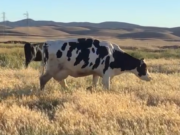
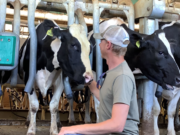
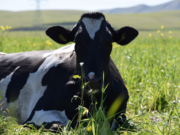
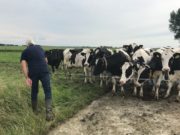

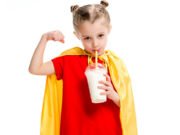
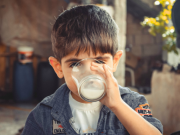
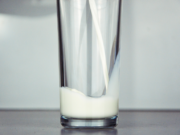
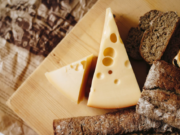
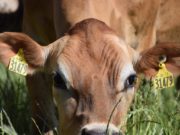
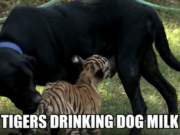
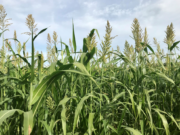
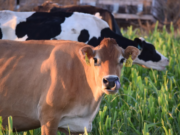
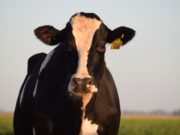
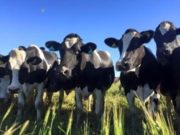

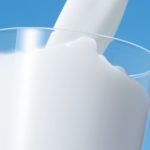
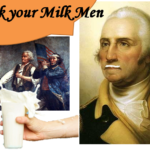
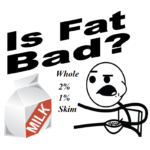
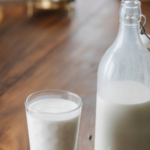
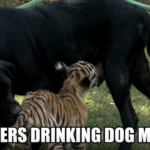
I’m sorry, but the Inca were certainly not in contact with the Egyptians.
Do you have evidence for your hypothesis?
“Besides cows, there are a number of other animals around the world that produce milk”
That was a dumb sentence. Every single species of animal (mammal) alive produces milk.
“there was some technological knowledge transfer … with the building of pyramids- Pyramids in Egypt and Pyramids in Central America.”
No. The Myan, Aztec, and Inca had no communication with the Egyptians. I think someone just saw a picture of the Mezoamerican pyramids and the Egyptian ones and drew some rather poorly thought out conclusions. Or visits too many conspiracy websites.
Just food for thought: The Egyptian were building pyramids ~1,600 years before Mezoamerica and the Inca and Aztec wouldn’t exist until 1,500-1,600 years after Alexander the Great conquered Egypt. The Maya started up ~600 years after the Egyptians started building pyramids.
Who knows if those civilizations are the ones who built the pyramids, who knows if those civilizations are the ones who started drinking milk. In any regards, milk drinking is an ancient tradition